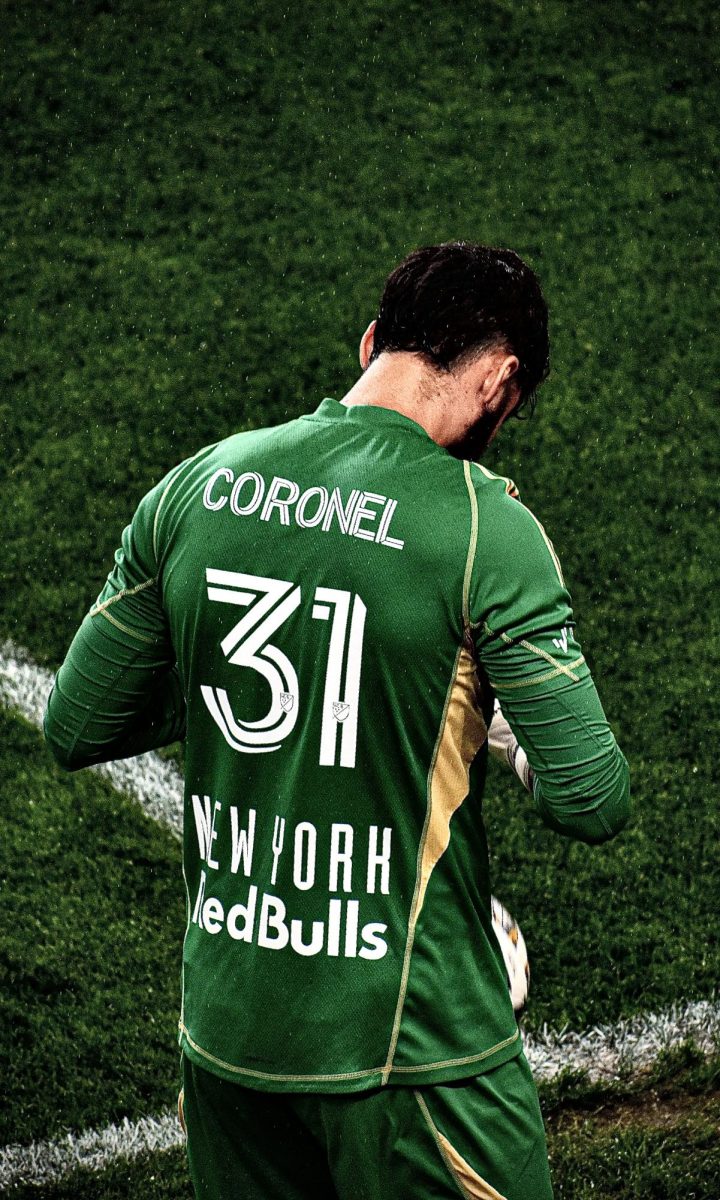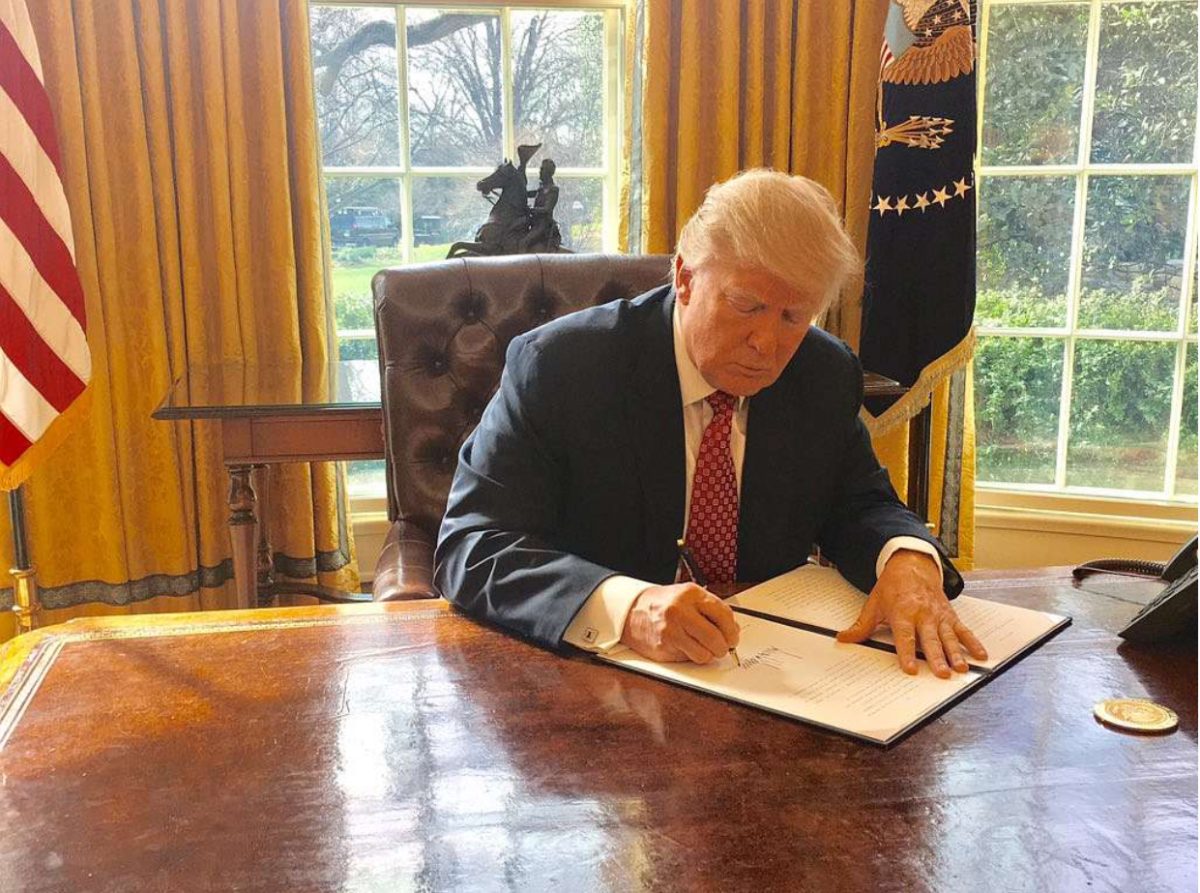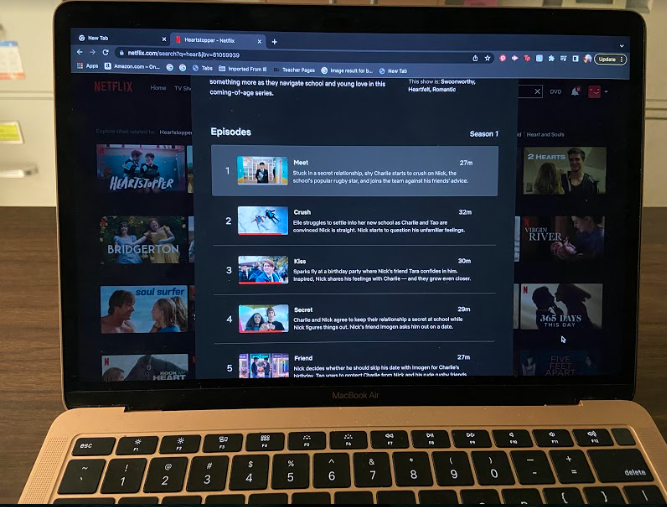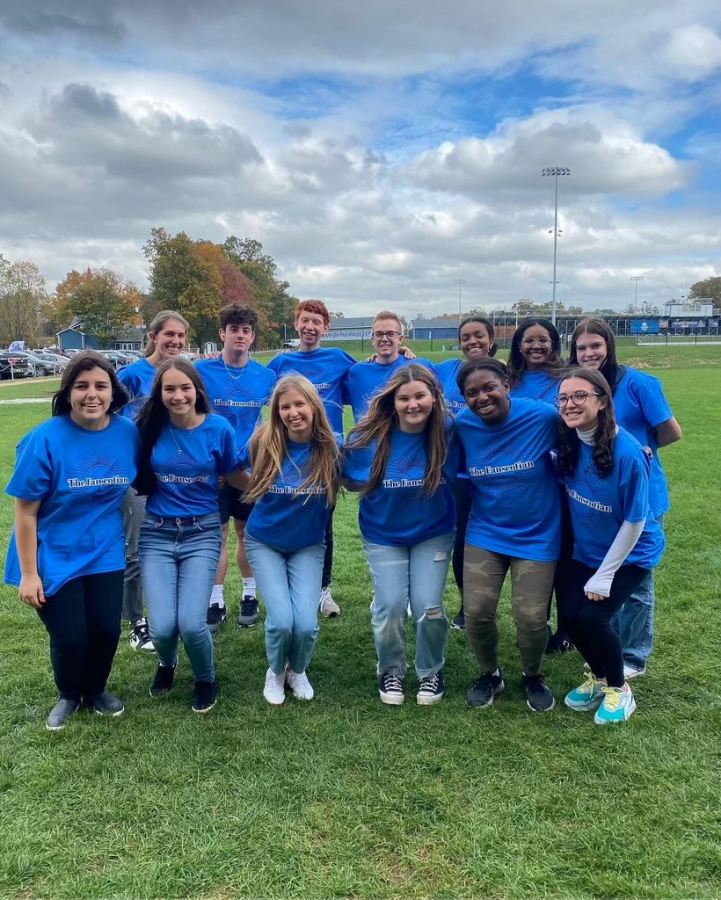On Wednesday, April 10th, NASA released the first ever picture of a black hole. Created by the death of massive stars, these regions of space have such an intense gravitational field that no forms of matter, even light, can escape it. They can even continue to grow after creation, with the largest black hole having a mass similar to 17 billion suns.
If you look up “black hole” on Google Images, there are images, however they’re digitally made, either from photoshop, animations or other technological methods. However, the very first picture of a black hole is anything but clear and precise.
Located 55 million light years away, this captured black hole lies in the heart of the giant galaxy known as Messier 87, or M87, in the constellation Virgo. This specific black hole is several billion times more massive than the Sun, and is 40 billion kilometers across, which is three million times the size of Earth! It is also currently unleashing a violent jet of energy thousands of light years into space.
One person to be noted for making this scientific breakthrough all possible is Katie Bouman. This 29-year-old computer scientist is the one responsible to designing the algorithm that made the image possible. She started making the algorithm three years ago while she was a graduate student at the Massachusetts Institute of Technology (MIT).
Dr. Bouman and her team had developed algorithms that can convert telescopic data into the groundbreaking image that can be seen all over the internet today. Since one telescope was not powerful enough to take the image itself, lots of data had to be taken from eight telescopes in total, stores in hundreds of flash drives, and sent to processing stations in Boston and Germany.
With this historic image created and released to the public, it really shows how far technology has come, especially comparing to when man first landed on the Moon. Hopefully with more time and intelligent minds, more pictures of the uncapturable can be taken and hopefully clearer ones as well.
First image of black hole created
April 12, 2019
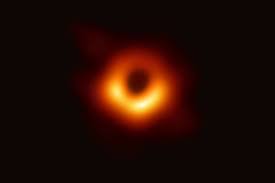
0
More to Discover


